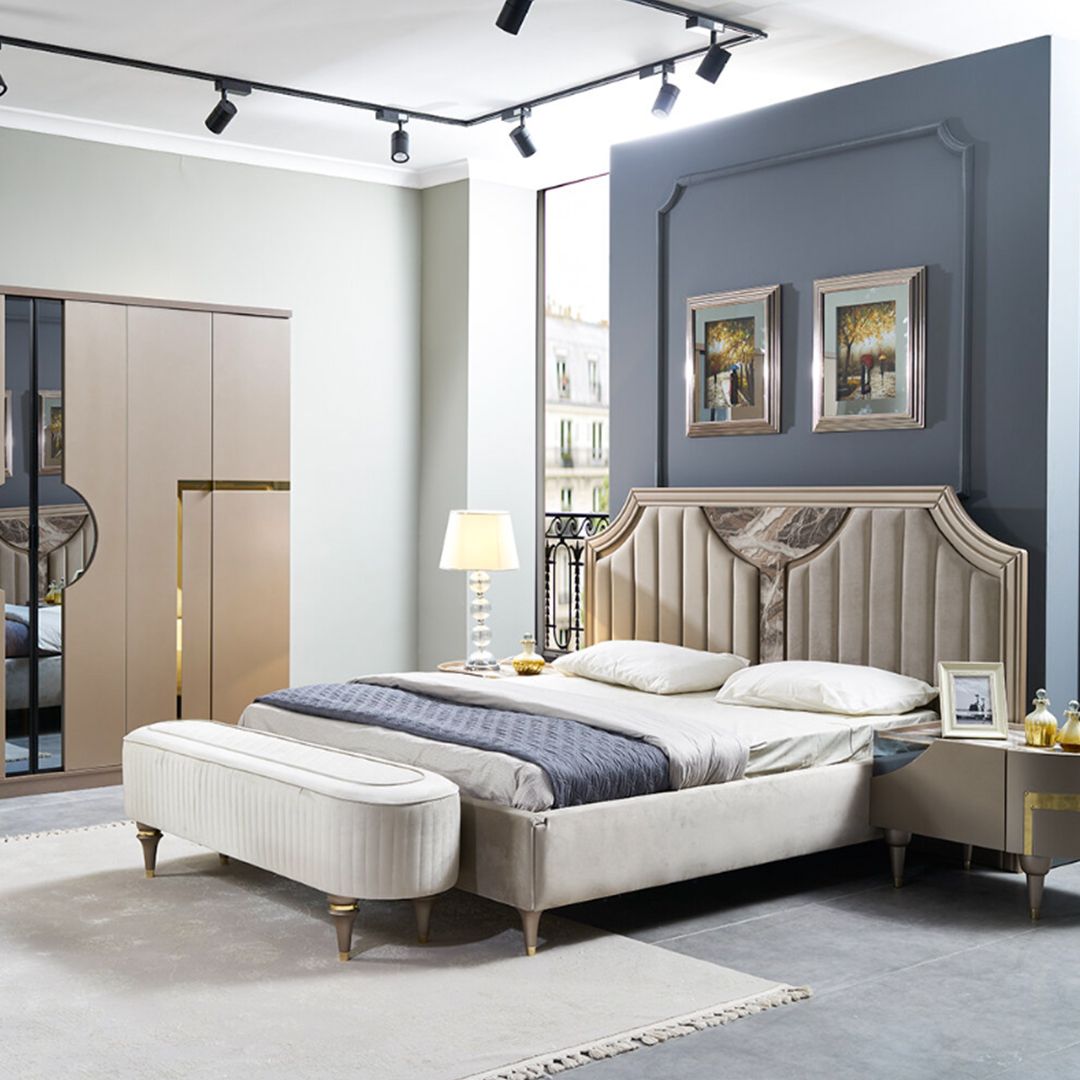
As we step into 2025, the world of interior design continues to evolve, and furniture trends are taking center stage in defining how we live and feel at home. sofa store san jose This year’s trends are shaped by a blend of environmental awareness, functional innovation, and aesthetic refinement. People are no longer just looking for furniture that looks good—they’re demanding pieces that serve a purpose, reflect their values, and adapt to their lifestyles. Whether you’re remodeling a single room or rethinking your entire space, understanding the top furniture trends of 2025 will help you make stylish and smart decisions.
One of the most prominent trends this year is the rise of sustainable and eco-conscious furniture. With increasing concern about climate change and environmental impact, consumers are gravitating toward pieces made from recycled, reclaimed, or sustainably sourced materials. Designers are now embracing bamboo, rattan, FSC-certified woods, and recycled metals and plastics to create chic, durable furniture with a minimal carbon footprint. Transparency about sourcing and production is also growing, with brands proudly showcasing their environmental credentials and ethical labor practices to attract discerning buyers.
Multifunctional and space-saving furniture is another major trend as urban living continues to shrink available square footage. Furniture that can serve multiple purposes—such as a sofa that converts into a bed, a dining table with built-in storage, or a coffee table that turns into a work desk—is increasingly in demand. These pieces cater especially to those living in apartments, condos, or shared spaces, where maximizing utility without compromising on style is key. In 2025, expect to see more modular and reconfigurable furniture designs that adapt to the user’s needs throughout the day.
In terms of aesthetics, soft curves and organic shapes are dominating design choices. Rigid lines and boxy silhouettes are being replaced with rounded edges, flowing forms, and asymmetrical structures that add warmth and comfort to a room. This trend reflects a broader desire for spaces that feel inviting and serene. Sofas with curved backs, oval coffee tables, and sculptural chairs are just a few examples of how designers are moving toward a softer, more human-centered approach in furniture design.
Color also plays a significant role in 2025’s furniture trends, with earth tones and nature-inspired palettes leading the way. Shades of terracotta, moss green, warm beige, and soft clay are replacing stark whites and grays, bringing a grounded and calming ambiance into interiors. These hues pair well with natural textures like wood, stone, and woven fibers, reinforcing the overall theme of reconnecting with nature. Accent pieces in bold, saturated tones—like deep navy, rust, or maroon—are being used to create contrast and personality without overwhelming the space.
Finally, technology integration in furniture is a rising trend that blends form and function in the modern home. From nightstands with wireless charging pads to coffee tables with built-in speakers and lights, tech-enabled furniture is becoming more refined and seamlessly integrated. Smart desks that adjust to your posture or track your sitting habits are appealing in the age of remote work, while entertainment centers with hidden cable management systems offer clean aesthetics and better usability. As smart homes become more mainstream, furniture that complements this connectivity will only continue to grow in popularity.
